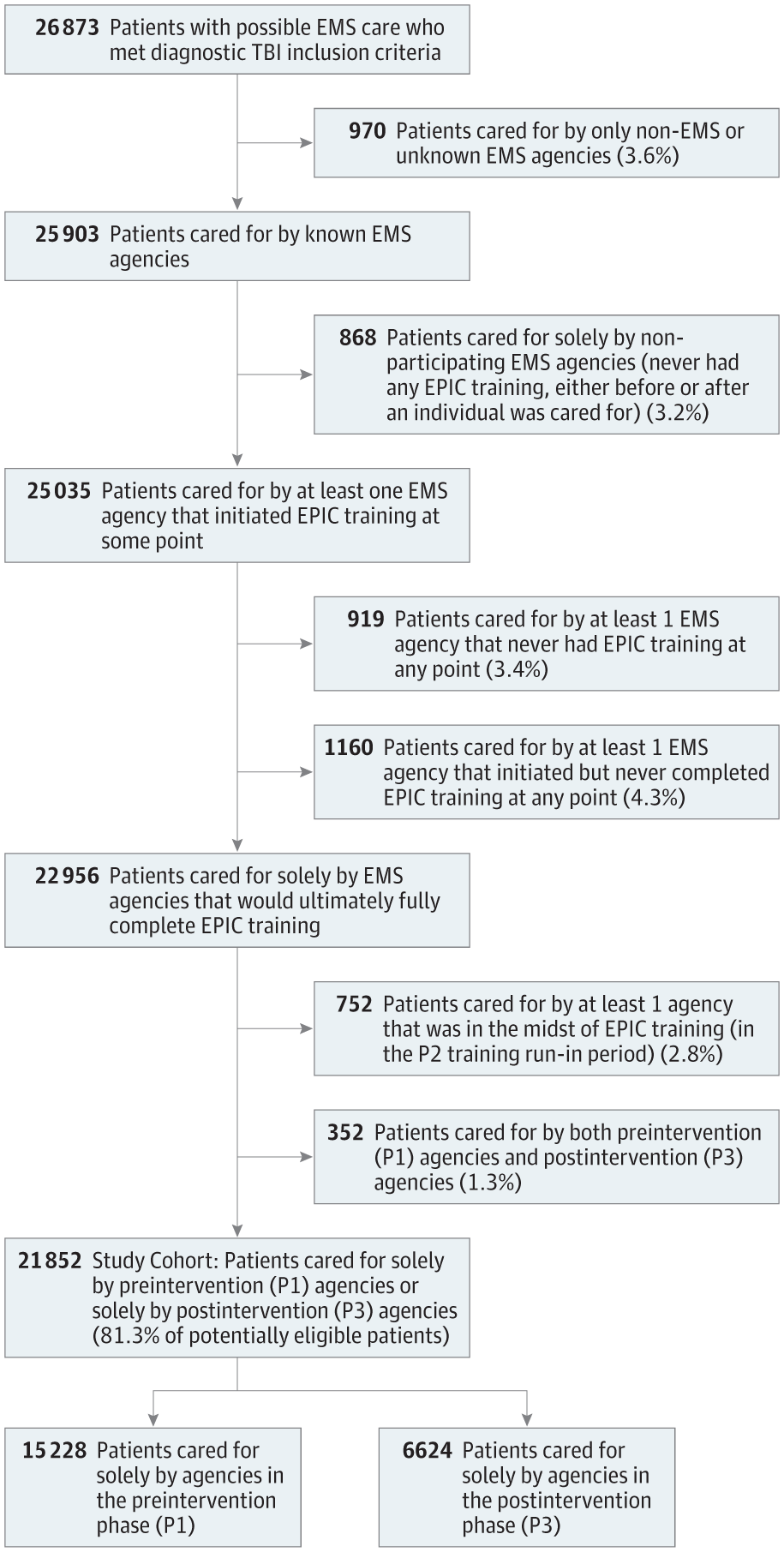Idk if I would say all of that. I think the decision for REBOA with our Trauma Surgeon's is very assessment & provider based prior to placement and I don't think, or at least haven't seen them arbitrarily just placing them for a just in case scenario. If the patient is a candidate then the decision to REBOA would be a quick one and would look something like this when patient arrives: Decision to intubate/not intubate, bilateral manual blood pressures with declaration of shock/no shock, rapid trauma assessment. If mechanism or assessment findings are suggestive of waist down trauma then patient gets a portable pelvis x-ray in the bay, and if time allows/stable enough they will shoot a quick chest. If abdomen is a concern we are likely looking at doing a DPL. If patient has been declared hypotensive and in shock, TXA and 2 units is given, and pelvic x-ray shows considerable fractures/trauma then REBOA would be the next line if not going to be something we can control with pelvic binder. Regardless if patient gets a binder or REBOA, if they continue with hypotension they will go straight to the OR to get opened up within 15 minutes or less of hitting the door. Depending on who is doing the REBOA I have seen start to finish in about 5-8 minutes total time spent in bay, I have also seen the REBOA procedure take 8 minutes in and of itself for someone who isn't the most familiar with the kit...
That answer your question?

